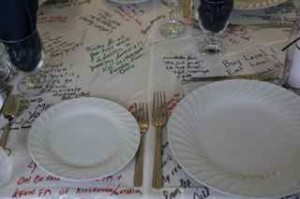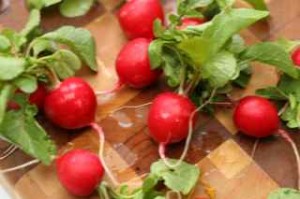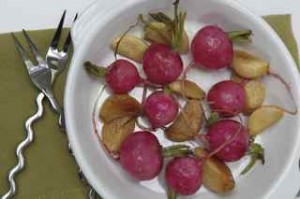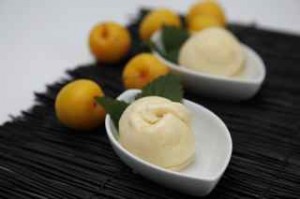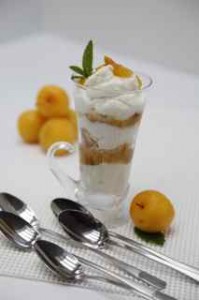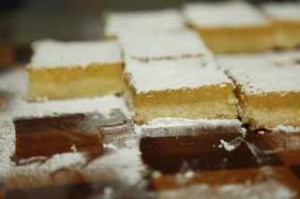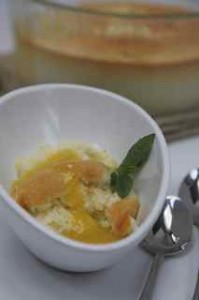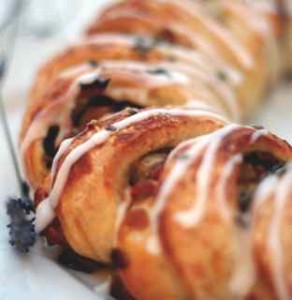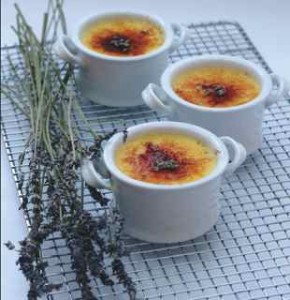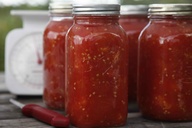 In the summer I have eyes bigger than my stomach. In season, I always buy much more fruit and vegetables than I believe I can eat and then it sits on the counter. When my grandmother canned fruit, she would buy bushels of peaches and pears, perhaps 3 of each. The neighbours would come over and spend the entire day canning fruit for the winter. While it was great fun, canning no longer needs to be an entire day event.
In the summer I have eyes bigger than my stomach. In season, I always buy much more fruit and vegetables than I believe I can eat and then it sits on the counter. When my grandmother canned fruit, she would buy bushels of peaches and pears, perhaps 3 of each. The neighbours would come over and spend the entire day canning fruit for the winter. While it was great fun, canning no longer needs to be an entire day event.
Farmers Feed Cities www.farmersfeedcities.com wants everyone to know that canning is easier than you think. It’s the modern day woman who knows that the leftover fruit on the counter that turns riper than the family can eat it, can easily be preserved. Simply wash 2 or 3 jars in the dishwasher. While that is happening, boil some simple syrup (1 cup sugar to 2 cups of water). In another pot of boiling water, drop as many canning lids as you need and allow the rubber rings to soften. Meanwhile, peel the fruit and fill the jars. Now wrap each jar in a clean kitchen towel and place carefully in a large pot of boiling water to process. After processing, remove jars to the kitchen counter and let cool.
Here are a few more tips…
- Pick the freshest fruits and vegetables in season. U-pick farms ensure the freshest and best quality fruit
- Soft over ripe fruit is best for jam and jellies but not preserves
- Fruit and vegetables need to be at their peak of freshness for the best preserved flavour. You may want to allow fruit to sit on a counter for a day or two if your fruit is not fully ripe.
- Jams and jellies made without pectin must be cooked longer.
- Acidity provides flavour, texture and helps prevent bacterial growth. Acidity is important for the fermentation process in pickle making. General acidity rule is lemon for fruit, vinegar for vegetables
- Easy sterilizing of canning jars can be done in a hot dishwasher.
- When canning, fill when jars are hot.
- You can reuse jars and rings but lids must be replaced.
- Keep your jars in good condition, a chip on the rim could compromise a seal.
- Soak the lids in hot water to soften the rubber seal
- Small jars take less time to process. Large jars take longer.
- Run a knife around the insides of a jar after they have been filled to release any air bubbles.
- Wipe the rims of jars clean with a paper towel to remove any food residue that may prevent a good seal.
- Screw the rings on firmly but not tightly, retighten the jars after processing when the jars have cooled.
- Boil your jars of preserves in a hot water bath, covering the jars with at least 1-inch of water.
- Once the water comes to a full boil, boil for an additional 10 minutes.
- Remove hot jars with special canning tongs to avoid burns.
- Place jars on a counter covered with a kitchen towel to absorb any excess water.
- When cooling, you may hear a little “pop” as the jars seal themselves.
- If you can press down on the centre of the lid and make it move, the jar is not properly sealed.
- When completely cooled, label and store jars in cool, dry, dark place.
- If preserves are not properly sealed, refrigerate and consume with 2 weeks.
- Store your jars away from sunlight, in a cool, dry place.
- Preserves should be consumed within a year.
Here are almost 400 different uses for those canning jars once you’ve eaten the delicious summer contents.




